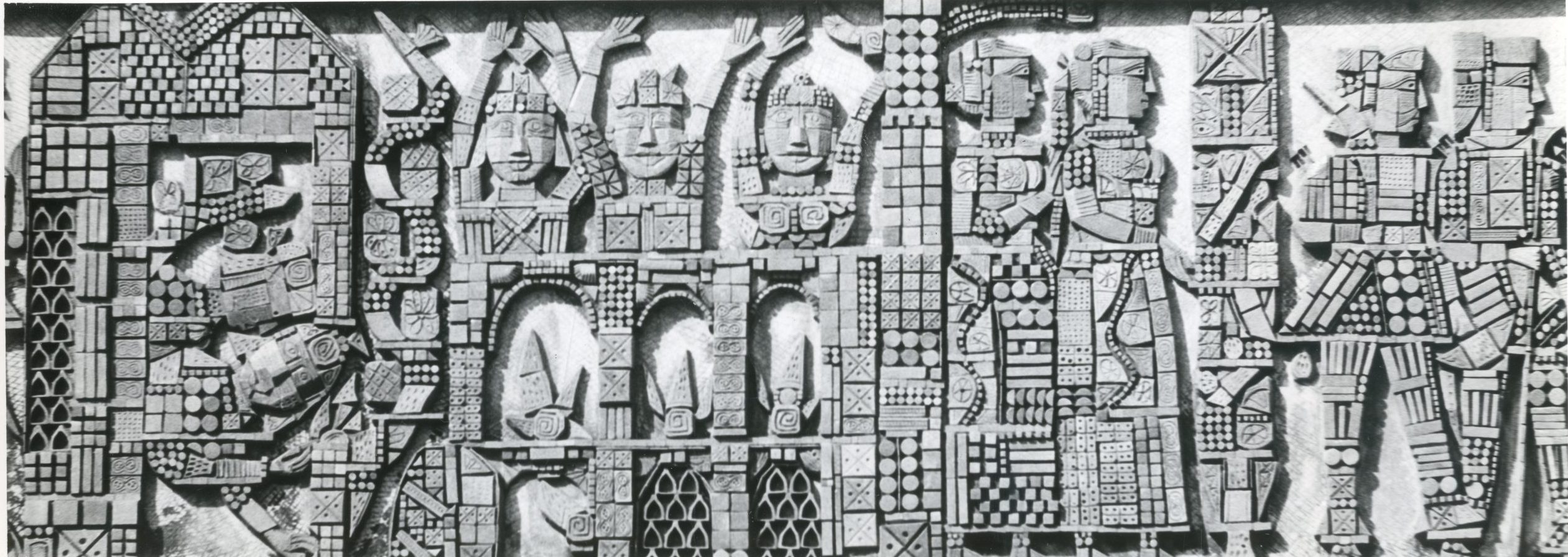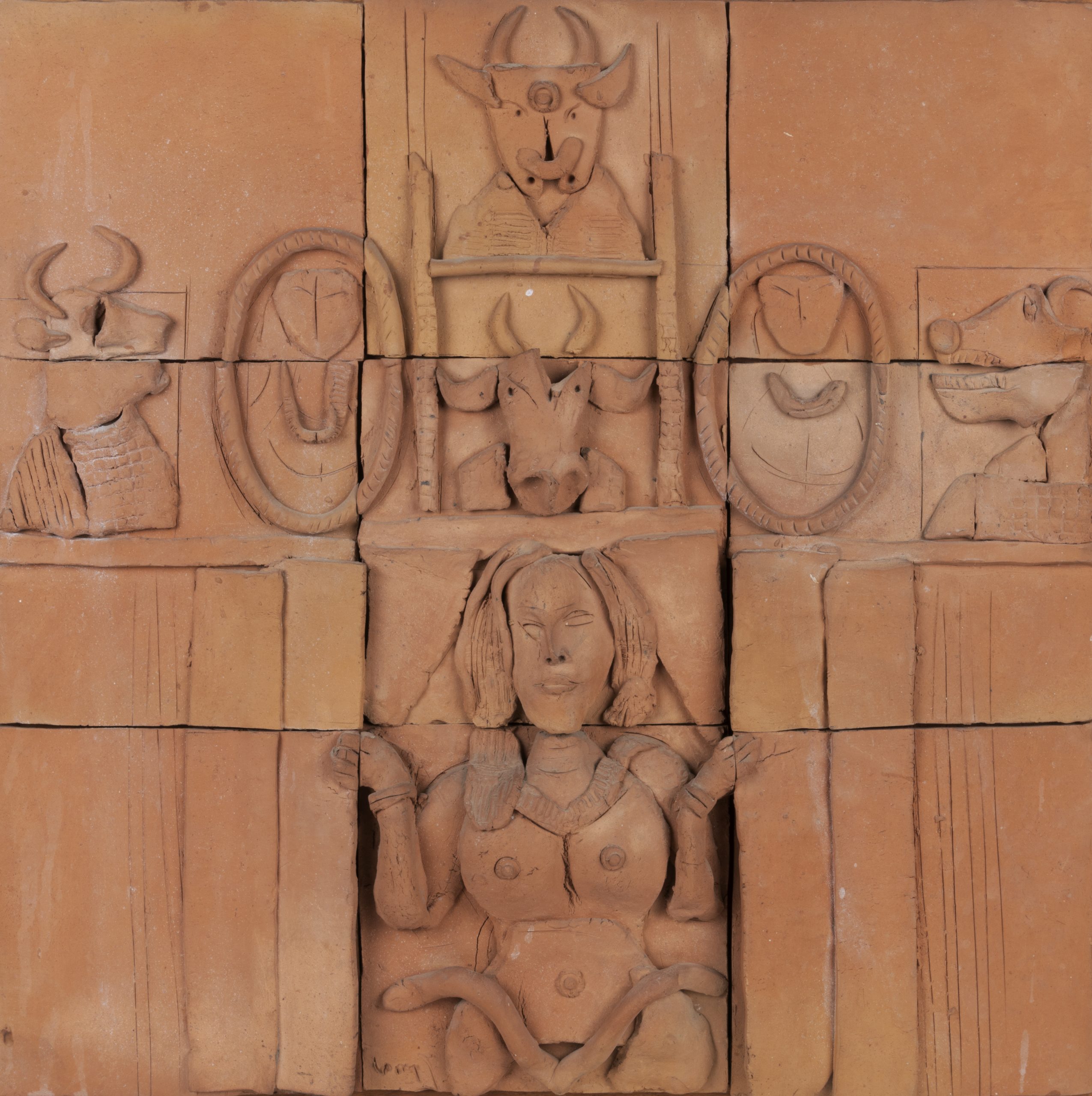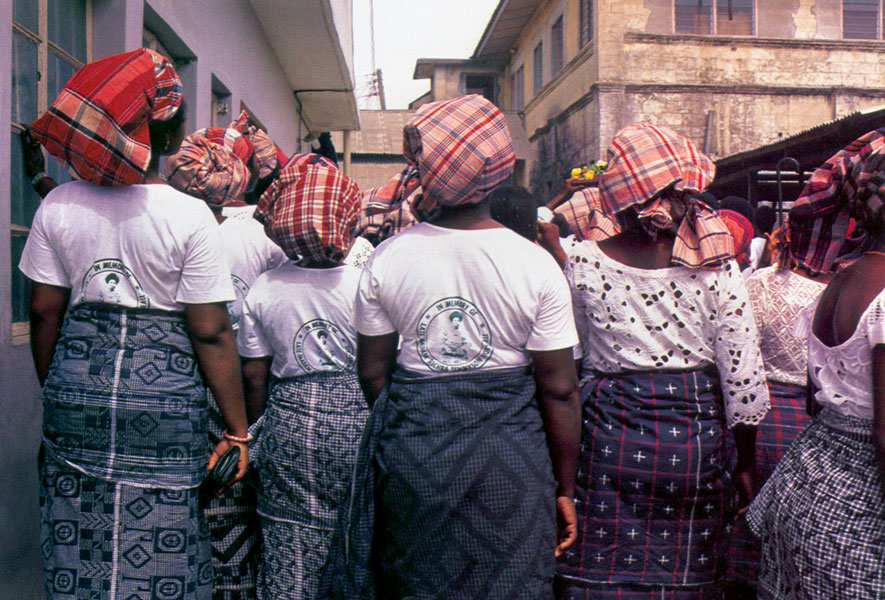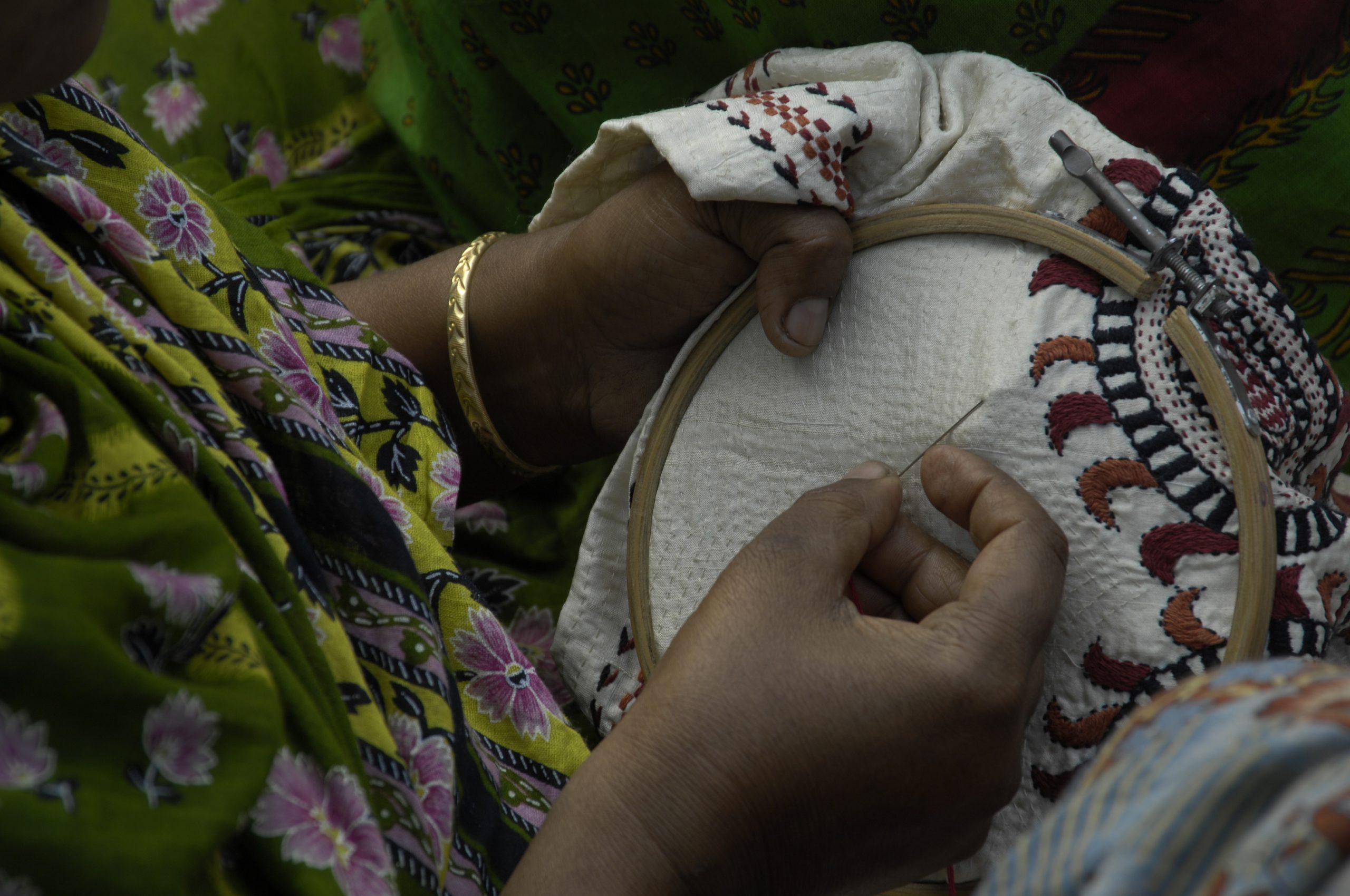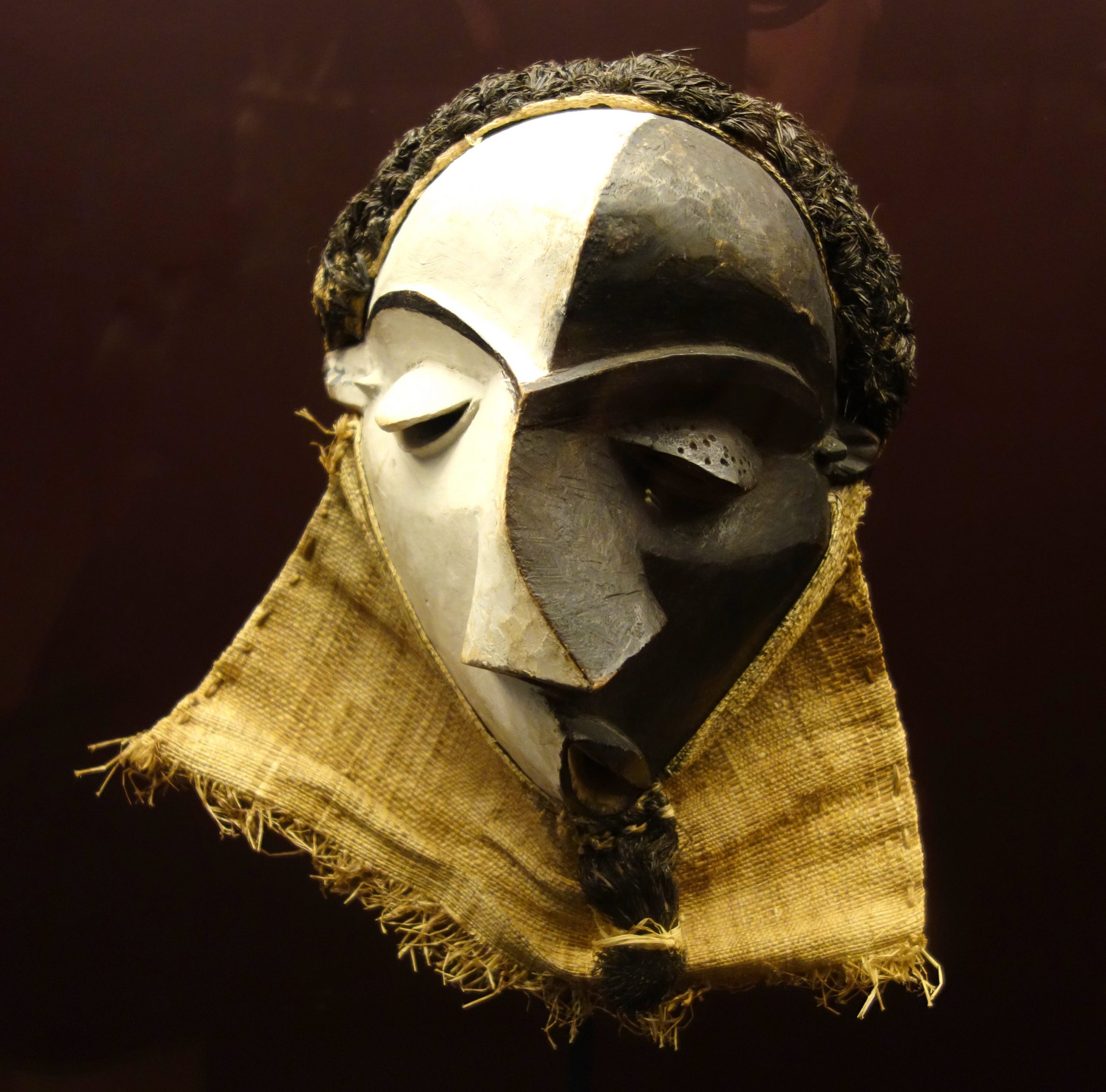Essays
Art as Witness: 75 Years of Partition
Krittika Kumari
Exploring the artistic landscapes of post-Partition India and Pakistan in collaboration with the ZVM Rangoonwala Foundation, featuring works from the VM Art Gallery Permanent Collection and MAP.
A landmark event that shook the subcontinent, the Partition and its memories linger through myriad stories: accounts of loss, separation of families, friends, and neighbours; and a breakdown of camaraderie between the citizens, Hindu and Muslim. The resettling of geographies and its aftermath continue to seep into public consciousness. Within this charged space, what role does art play? How does art bear witness?
In both India and Pakistan, artists have looked towards the Partition for inspiration, interpreting and expressing its effect on them in different ways. Seventy-five years later, while we continue to experience the after-effects of the Partition, art allows us to find a connection with our neighbours through works of several modern and contemporary artists on both sides. Art created in response to the Partition can function as a living archive, allowing audiences to reflect and identify with their histories.
As second-generation witnesses to what became known as the Long Partition, innumerable questions arise. Who was documenting the Partition? How were artists (writers, photographers or painters) responding to it in real time? What do the works convey about that particular period? Are they individual responses or representation of a collective memory, or both? In collaboration with the ZVM Rangoonwala Foundation, this essay looks at works from the VM Art Gallery Permanent Collection and the MAP collection, exploring how artists have responded to and experienced the Partition. Centering the notion of the witness, the essay moves from first-hand perspectives to that of an observer, exploring depictions of trauma, questions of identity and displacement, political dissent and alternative approaches to expressing the Partition’s aftermath.
The Trauma of
References
1. Nishad Avari, “Francis Newton Souza — The ‘enfant terrible’ of Modern Indian Art,” Christie’s, March 1, 2022, https://www.christies.com/features/Francis-Newton-Souza-collecting-guide-10035-1.aspx.
2.“Francis Newton Souza,” Clifton Art Gallery, accessed August 12, 2022, https://cliftonartgallery.com/artist/francis-newton-souza/.
3. Saadat Hasan Manto, “Toba Tek Singh,” Words Without Borders, July 8, 2022, https://wordswithoutborders.org/read/article/2003-09/toba-tek-singh/.
4.“Biography: Anwar Jalal Shemza (1928-1985),” Anwar Shemza, accessed July 29, 2022, https://www.anwarshemza.com/biography.html.
5. Ellie Howard, “Indira Gandhi: The Centenary of India’s First Female Prime Minister,” Magnum Photos, November 2017, https://www.magnumphotos.com/newsroom/politics/indira-gandhi-centenary-india-first-female-prime-minister/.
6.“Birth of the New State.” Britannica, accessed August 12, 2022, https://www.britannica.com/place/Pakistan/Birth-of-the-new-state.
7. Bani Abidi ,“The Address, 2007,” Bani Abidi, accessed August 11, 2022, https://www.baniabidi.com/#/the-address-2007.
8. Salima Hashmi, Email to Kamila Rangoonwala, 6 August 2022.
9. Shoaib Ahmed, “From art to activism, the versatile Salima Hashmi has done it all,” Dawn, May 9, 2021, https://www.dawn.com/news/1622828; “Oral History with Salima Hashmi,” The 1947 Partition Archive, Stanford Libraries, January 18, 2016, video/text, https://exhibits.stanford.edu/1947-partition/catalog/ng115km5404.
10. Shukla Sawant, “In a New Country,” The Indian Quarterly, accessed August 2, 2022, https://indianquarterly.com/?p=2637.
